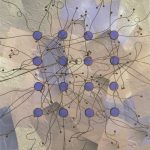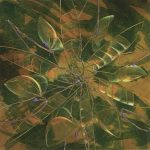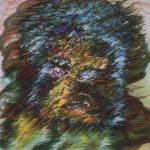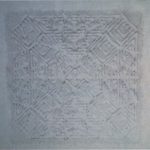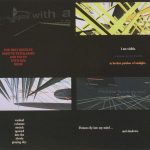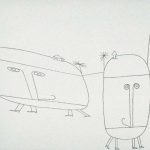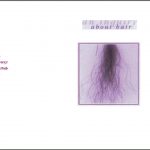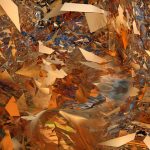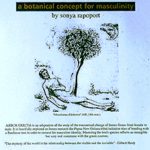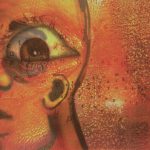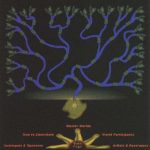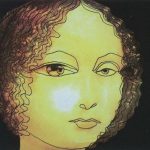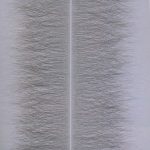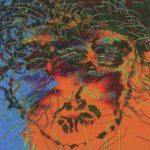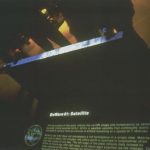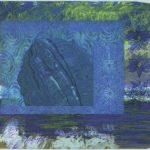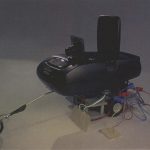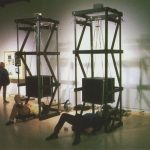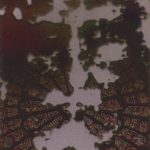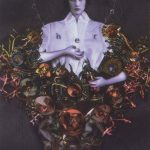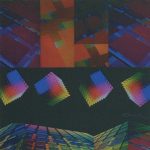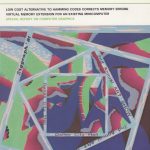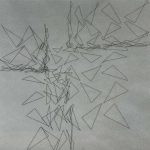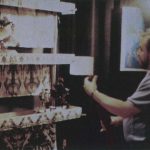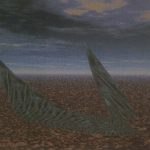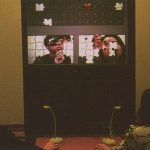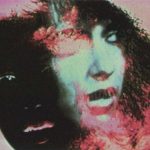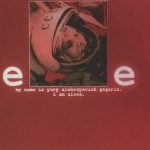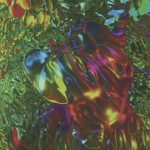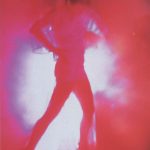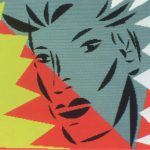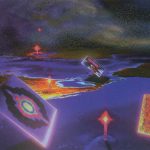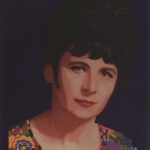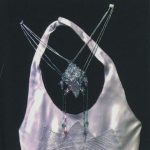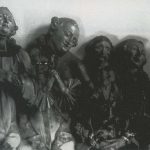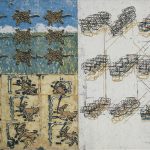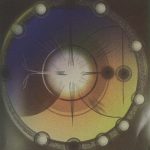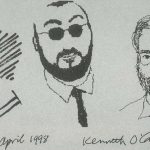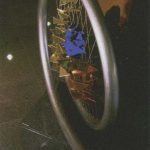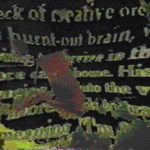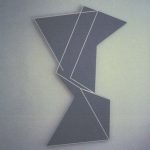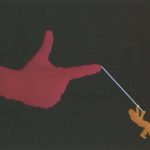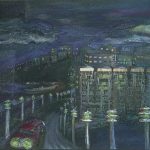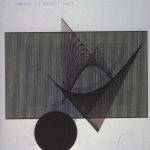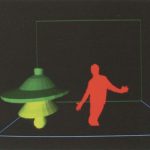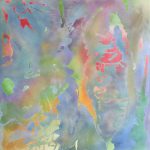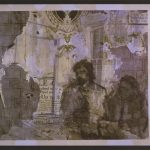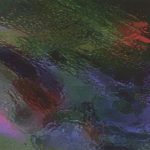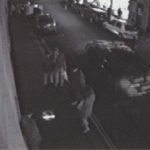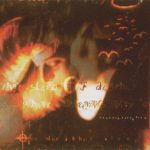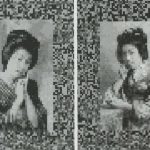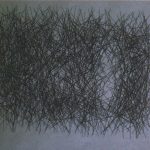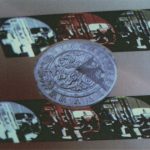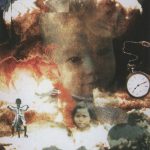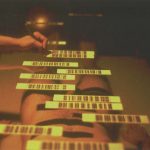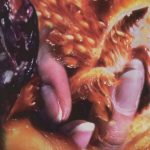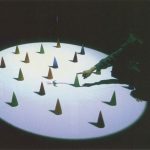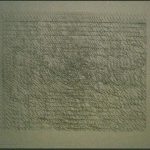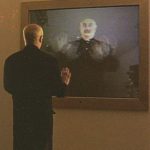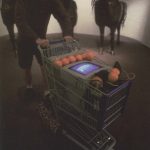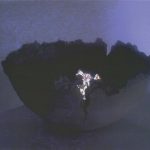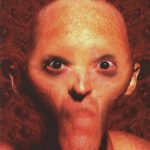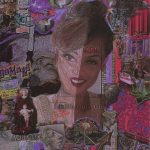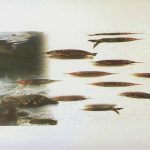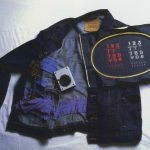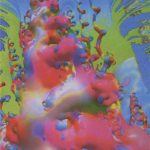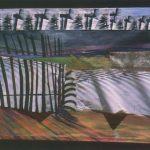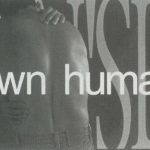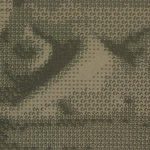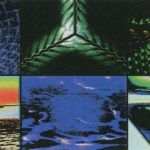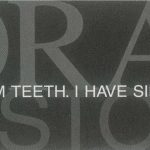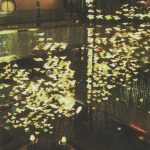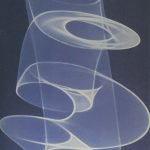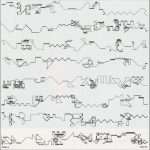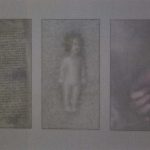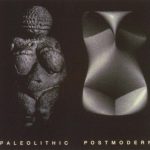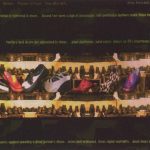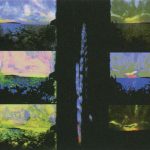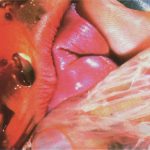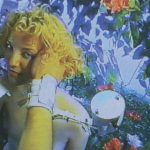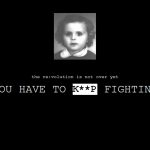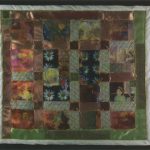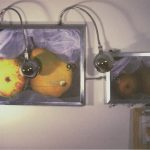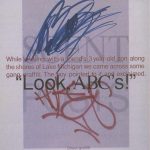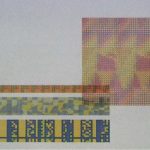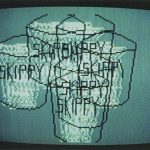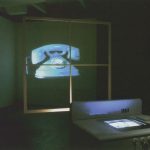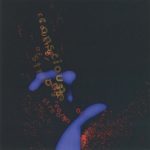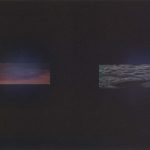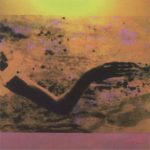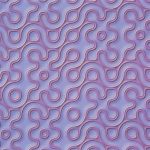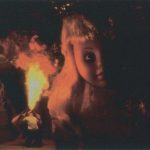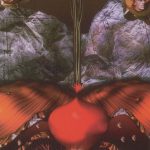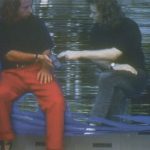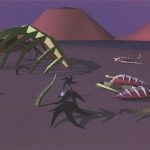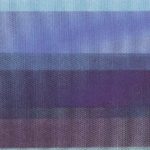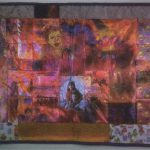SIGGRAPH 1998: Touchware
Conference:
Chair(s):
- Joan R. Truckenbrod
-
- School of the Art Institute of Chicago
Art Show Administrator(s):
- Heather Elliott-Famularo
-
- Bowling Green State University (BGSU)
Art Show Committee:
- John Grimes
-
- Illinois Institute of Technology
- Ron Hutt
-
- School of the Art Institute of Chicago
- Deanna Morse
-
- Grand Valley State University
- Jane Stevens
-
- Illinois Art Gallery
- Valerie Sullivan-Fuchs
-
- School of the Art Institute of Chicago
Jury:
- Judith Malloy
-
- Arts Wire
- Annick Bureaud
-
- Leonardo/OLATS
- Stephen A. Benton
-
- Massachusetts Institute of Technology (MIT)
- Deanna Morse
-
- Grand Valley State University
- Jane Stevens
-
- Illinois Art Gallery
Art Show Overview:
As cyberspace with its virtuality races?towards the future, there is a cry for?the hand. In linking to cyberspace,?where is the touch, the tactility, the?physicality of experience? Touchware is?the lens through which we envision the?future. This exhibition embraces the?interface between computing and user?as the territory of art. Issues of the?physicality of touch vs. the psychology?of keeping in touch, natural versus?machine, and substance versus virtual?are concerns of these artists.
The reach-out-and-touch mythology of?the telephone has become the banner?of the World Wide Web. Email and the?Internet provide the long-distance?touch with an immediacy and multiplicity?of connection within simultaneous?individual and community matrices.?”This network is an ideological image,?with a profusion of spaces and identities?and the permeability of boundaries- in the personal body and in the body?politic.” This rhizomatic world of cyberspace?is an electronic totemism. Totemism, as described in Aboriginal?art, involves animating lines of identification?flowing from the origin through?all things … forming an invisible web of?reciprocal processes linking humanity,?nature, and spirituality. Central to?Aboriginal art, totemism describes the?linking of humanity, nature, and the?gods. Electronic totems, as Aboriginal?totems, enrich a person’s interrelatedness?to the world.
But the behavior and feel of this linking?is flat – a projected world connected?through a flat light screen. In this flatland,?the visual is dominant over the?other perceptual senses. Other sensory?experiences like touch are diminished.?McLuhan viewed the printing press as?an invention that segmented sensory?experiences, preventing kinesthetic?thought and feeling in which there is a?synthesis of hearing, seeing, tasting,?and touching. The Internet is an extension of the printing press. Thus when?an individual perceptual sense?becomes locked in a technology, it?becomes separated from the other?senses. This portion of one’s self closes,?as if it were locked in steel. Prior to?such separation, there is complete?interplay among the senses. Virtual?experience “overthrows the sensorial?and organic architecture of the human?body by disembodying and reformatting?its sensorium in powerful, computer?generated, digitized spaces.” Cyberspace disengages from physical?reality. Sensory experience is reduced?to a monomedium of digital coding.
The artwork in this exhibition links us?to the mythology and spirituality of the?digital world. We create convergence?mythologies as a connective tissue?between the physical and the world of?the virtual spirit. African art embraces?the differences between the world of?matter and that of spirit through convergence?mythologies. Each African?culture has a specific explanation for?the convergence of spirit and matter. For example, the Yoruba people conceive?of the cosmos in terms of two?distinct yet inseparable components. Aye is the visible, tangible world of the?living, while Orun is the invisible, spiritual?realm of the ancestors, gods, and?spirits. In some societies, dreams and?the dreaming person are the point of?intersection between the human and?the spirit realms. The dreaming person?is the intermediary of communication. The artist mediates the territory?between real and virtual, between spirit?and matter.
Electroforming: New Materials/New Forms of Art
This artwork rematerializes the digitized?experience, using physical and conceptual?aspects of touch to mediate?between the real and the cyber-mythical. Subverting the disembodiment of?cyberspace, electroforming embodies?an engagement with materials. The grammar of crafting in cyberspace?usurps the vocabulary of hand materials?and processes: cut and paste, layering,?modeling. But the process of creating?art in the electronic arena is electroforming?with light, time, movement,?communication, and transmission.?Tangibility and substance cross over?materiality and virtuality. The same is?true for music composition. The material?of composition is sound having no?object or visible physicality. Composer?Pierre Boulez states that “perhaps?material seems a rather coarse and ill-suited?term when it comes to an art?such as music, which, more often than?not, is perceived as something immaterial. Sonority, potential expressivity,?range and color form the musician’s?basic working material.” Sound and?light are emotionally tangible materials,?however ephemeral.In the electronic arts, materials are created?in the mind’s eye of the artist. The?psychological effect of material is real. The physiological effect of material is?real. Artmaking as electroforming?involves a complex conceptualization of?materiality. The kinaesthetics of experience?are embedded in the mental constructs?of art-making processes as?powerful as that of forming clay by?hand. “Significant art no longer has an?outward relationship to material elements?that formed it.”
References
1. Haraway, Donna J. Simian, Cyborgs and Women, The Reinvention of Nature. Routledge, New York, 1991, p. 170.
2. Lawlor, Robert. Voices of the first Day, Awakening in the Aboriginal Dreamtime. Inner Traditions Press, Rochester, Vermont, 1991, p. 279.
3. David Tomas, quoted by Jim Elkins in There are No Philosophic Problems Raised by Virtual Reality. Computer Graphics, Vol. 28, No. 4, Nov. 1994, p. 251.
4. Boulez, Pierre. passeport pour le XXe siecle, translated by Margaret Tunslill. Auvidis, Montaigne, 1989, p. 24.
5. Moholy-Nagy, Sibyl. Moholy-Nagy, Experiment in Totality. MIT Press, 1969.
Website:
https://www.siggraph.org/s98/
Acknowledgements:
This milestone exhibition of electronic art was made possible by the talent and hard work of the SIGGRAPH 98 Conference team. The talented people at Capstone Management, Smith Bucklin, AVW, Freeman and O LTD. have provided invaluable contributions to the success of the 98 Art Show. Walt Bransford, SIGGRAPH 98 Conference Chair, has provided leadership and vision, creating an energized, future-looking arena for the entire conference including the art show.
The key person who brought the Art Gallery to fruition is Heather Elliott, the Art Gallery Administrator. Her talented leadership, unending energy, and unwavering commitment to this exhibition are greatly appreciated. Her significant contribution is applauded by all of the artists.
The vitality of Jessica Westbrook, the Art Gallery Student Volunteer coordinator was a major contribution to the Gallery’s success.
Thanks also go to the hard-working ARTSITE jurors Annick Bureaud, and Judy Malloy; and the Art Show Committee members Jane Stevens, Valerie Sullivan-Fuchs, John Grimes, and Ron Hutt. A special thanks to past SIGGRAPH Art Show Chairs, Lynn Pocock, Deanna Morse, John Grimes, Jean Ippolito, and Ken O’Connell for their insights and support.
The Art and Technology Department and The School of the Art Institute of Chicago have been very supportive of this project. A special thank you to Carol Becker, Dean and Vice President and Peter Gena, Chair of the Art and Technology Department, The School of the Art Institute of Chicago.

